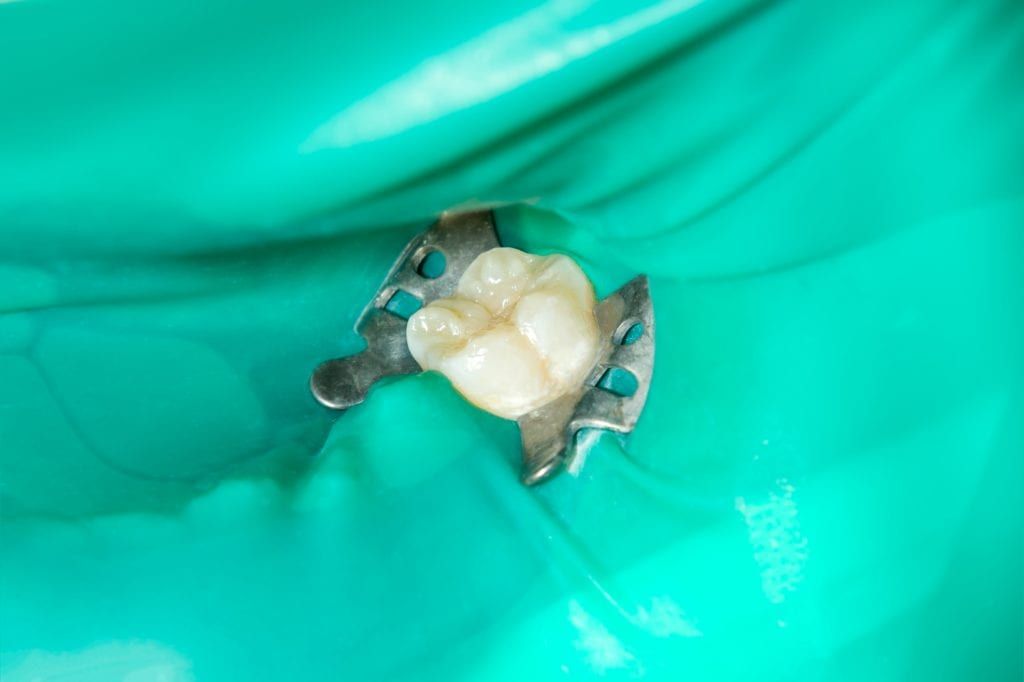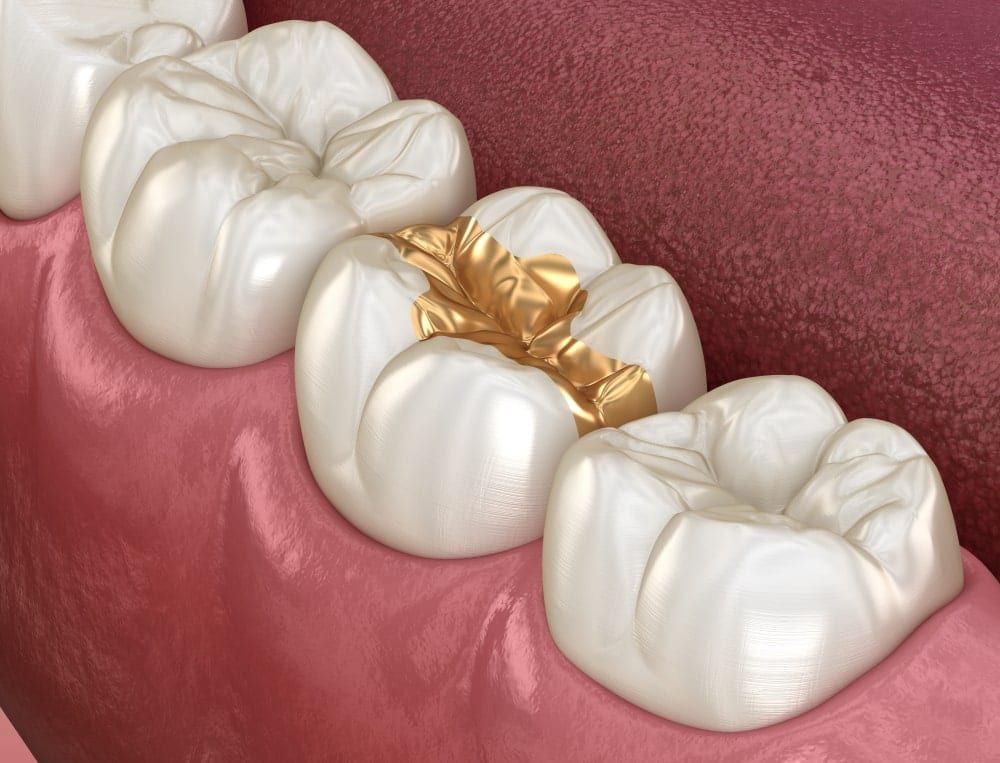When you have a tooth affected by damage or decay, you will need to visit your dentist’s office for restorative dental treatment. There are a variety of restorative dental treatments available that offer different options depending on the extent of the damage or decay. The one thing that all these restorative treatments have in common is that they use dental restorations to restore the function and appearance of the affected tooth.
A dental restoration simply refers to the method used to repair the damaged or decayed portion of the tooth. There are two different types of dental restorations: direct and indirect. As mentioned before, the type of restoration needed will depend upon the type of and extent of the damage, as well as its location. Let’s take a look at these two types of restorations to learn more about what differentiates them from one another.
Direct Dental Restorations
A direct restoration refers to restorations that can be fabricated inside the mouth. These restorations can be completed during a single dental appointment because they do not require the use of a dental lab for fabrication. Instead, your dentist will place, shape, and harden the restoration in place during your appointment. Not only does this mean that you won’t need a temporary restoration or a second appointment to place the permanent restoration, but it also means that you won’t have the dietary restrictions associated with temporary restorations.

The most common direct restoration used by cosmetic dentists are composite fillings. Composite fillings are used to restore teeth with small to medium sized cavities caused by tooth decay. To place a composite filling, the decayed tissue must first be removed. Then, the composite resin will be applied to the cavity one layer at a time. Each layer will be hardened in place before placing the next layer. The final layer will then be shaped to blend in with the surrounding tooth structure before being hardened into place.
Composite resin can also be used for a restorative treatment known as cosmetic bonding. Cosmetic bonding, also known as dental bonding or composite bonding, uses composite resin to repair small chips or cracks in the teeth. Just like a composite filling, cosmetic bonding can be entirely completed in a single dental appointment.
Indirect Dental Restorations
An indirect restoration refers to permanent or semi-permanent fixed restorations that must be fabricated outside of the mouth. These types of restorations generally need to be fabricated by a dental laboratory, however they can also be fabricated using an in-office milling machine. Since they are fabricated using a dental lab, indirect restorations often require two dental appointments for proper placement.

During the first appointment, the tooth is prepared by removing any decayed or damaged tissue and then shaping the remaining structure. Depending on the type of direct restoration being used, varying amounts of natural tooth structure may need to be removed or reshaped. Once the tooth is prepared, a dental impression or oral scan will be taken to obtain the information necessary for fabrication. This information is then sent to a dental laboratory and a temporary restoration will be placed to protect the tooth. Within a few weeks, a second appointment will be needed to check the fit of the restoration and permanently cement it in place.
Although indirect restorations take two appointments to place and require the use of a temporary restoration, they offer restoration options for larger areas of damage and decay. Furthermore, indirect restorations can be used to correct a number of cosmetic concerns, including discolored, oddly shaped, unevenly sized, or improperly spaced teeth. Examples of indirect restorations include:
- Crowns & Bridges
- Dental Implants
- Inlays & Onlays
- Porcelain Veneers
Overall, these two different types of dental restorations offer a variety of options for restoring damaged or decayed teeth. Direct restorations are ideal for smaller areas of damage or decay, while indirect restorations can restore teeth with more severe damage or decay, as well as teeth with cosmetic concerns. When it comes to deciding which is better, you will need to visit your local cosmetic dentist’s office so they can advise you which restoration will work best for your individual needs.

